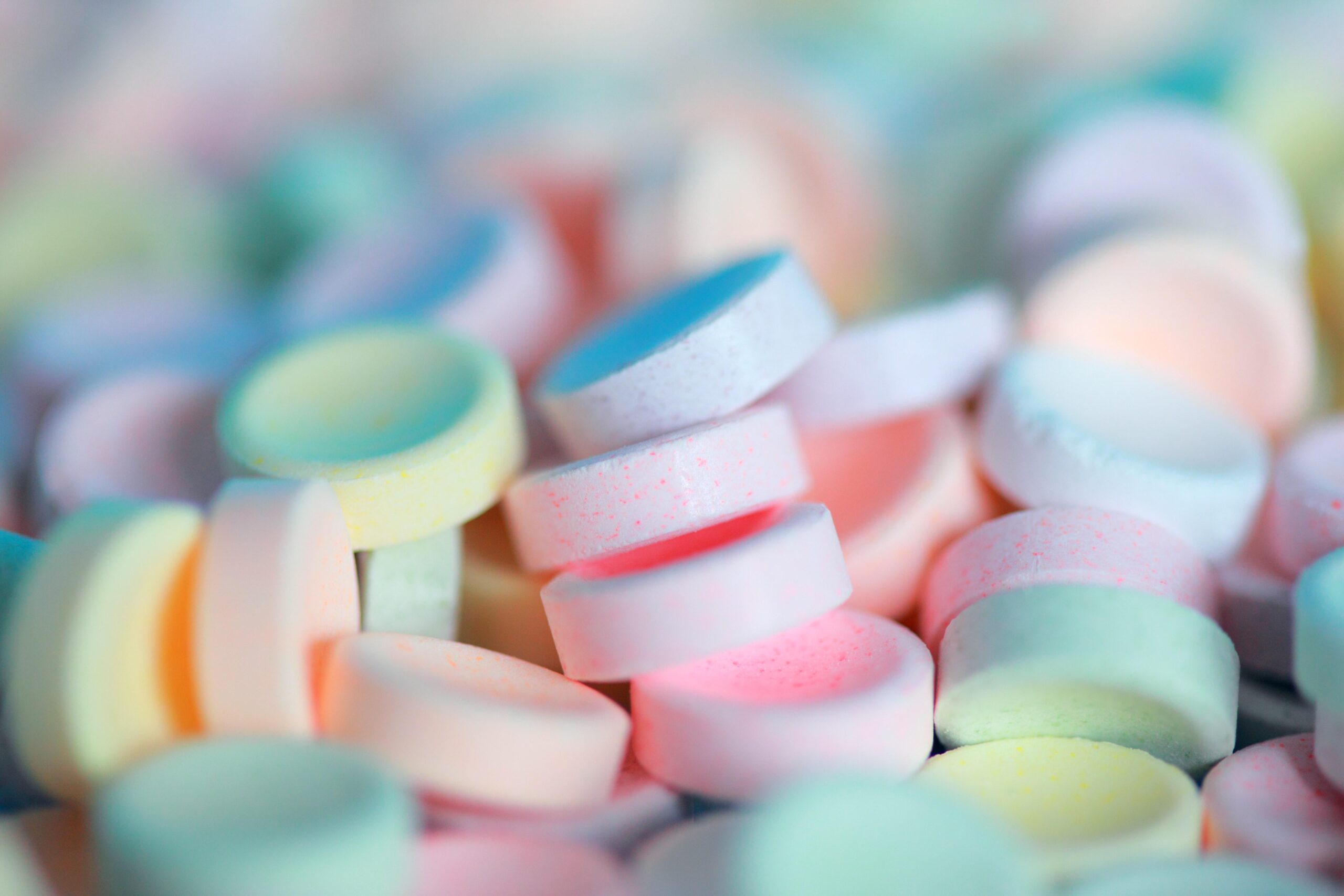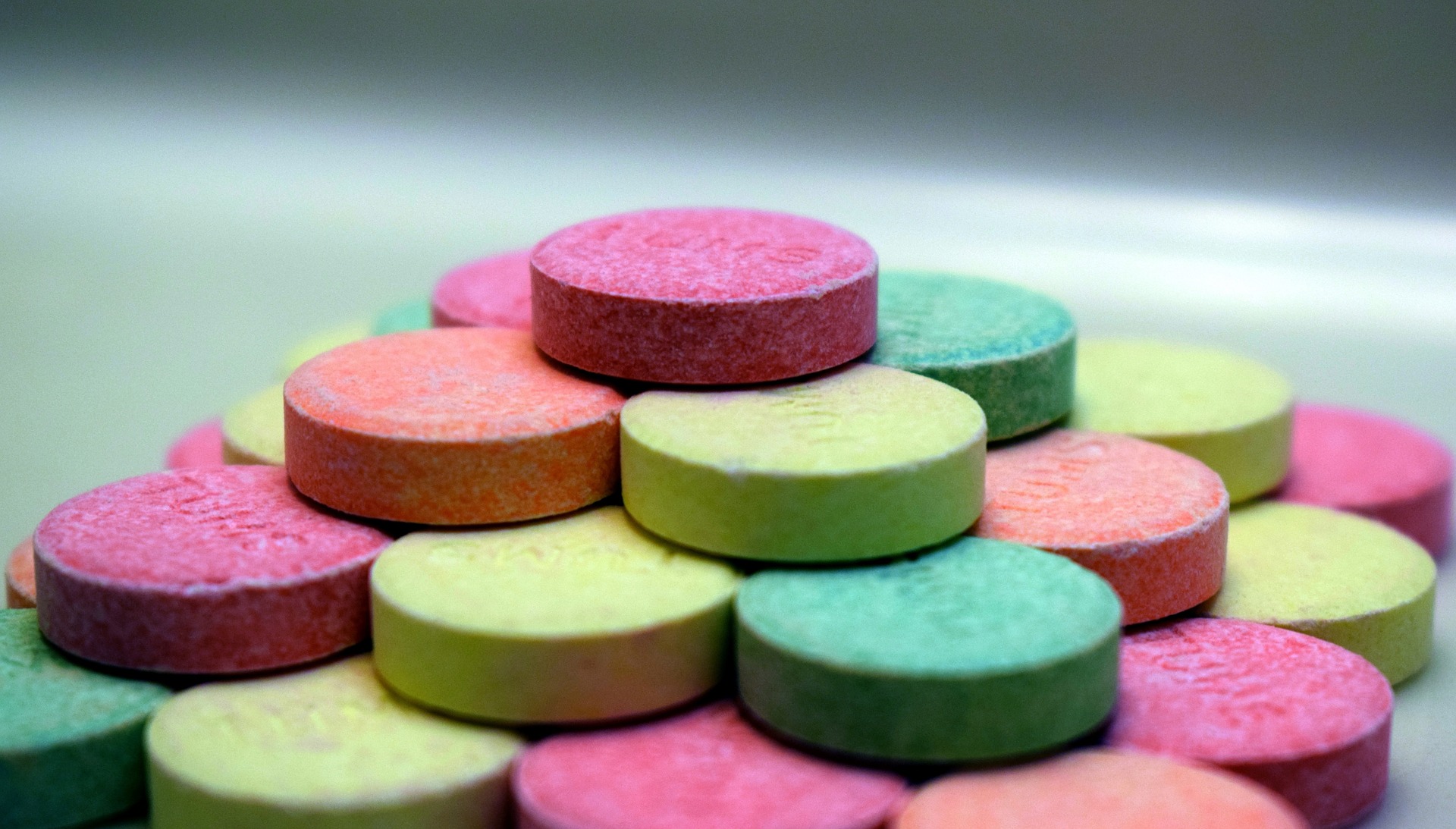Making chewable multivitamin tablets for kids
Thanks to their fun shapes, flavours, colouring agents and for being easy to eat, chewable tablets are a kid-friendly choice when it comes to taking vitamin supplements. It’s worth remembering that a well-balanced diet is all it takes to provide all nutrients your children need. But for picky eaters that have hard time to eat their greens, or for children with a selective diet or a specific condition, vitamin supplements might be a good way to make up for the lack of nutrients.

Formulation considerations for chewable tablets
Over-the-counter vitamins for kids come in chewable form basically to be easily swallowed. Chewing exposes tablets to saliva, which breaks them down directly in the mouth where dissolution occurs. This increases the absorption rate compared to conventional tablets which are mainly absorbed after disintegration and dissolution. Different types of sweeteners and flavours are added to the formulation to make these vitamin tablets easy to chew and eat. Unfortunately, this could be a two-edged sword because adding sweeteners such as mannitol, sorbitol, lactose, or fructose means adding sugars and this can also lead to health problems. To match the flavour, artificial or natural-derived colouring agents are used to create aesthetic appeal. Of course, factors as stability, accuracy, flow, lubrification, compressibility should not be lost sight of during the tablet manufacturing process. Be careful though, looking like candy, chewable vitamins can tempt children to consume more than the recommended dose.
Producing chewable tablets on a tablet press
FDA recommends that hardness for chewable tablets be kept low, for example <12 kp, because they should be easily crushed by chewing. Manufacturing of chewable tablets can be carried out by direct compression using a tablet press. Tablet presses consist of punches (lower and upper) and dies and come in different level of speed and automation. Dies are filled with tablet formulation and the upper and lower punches are pressed together within the dies to form tablets. Dies and punches are called tablet tools because they define the size and shape of your finished tablet. Kids tablets are often shaped as animals to lure children to eat them more easily. See below video on forming tablets on a tablet press.
